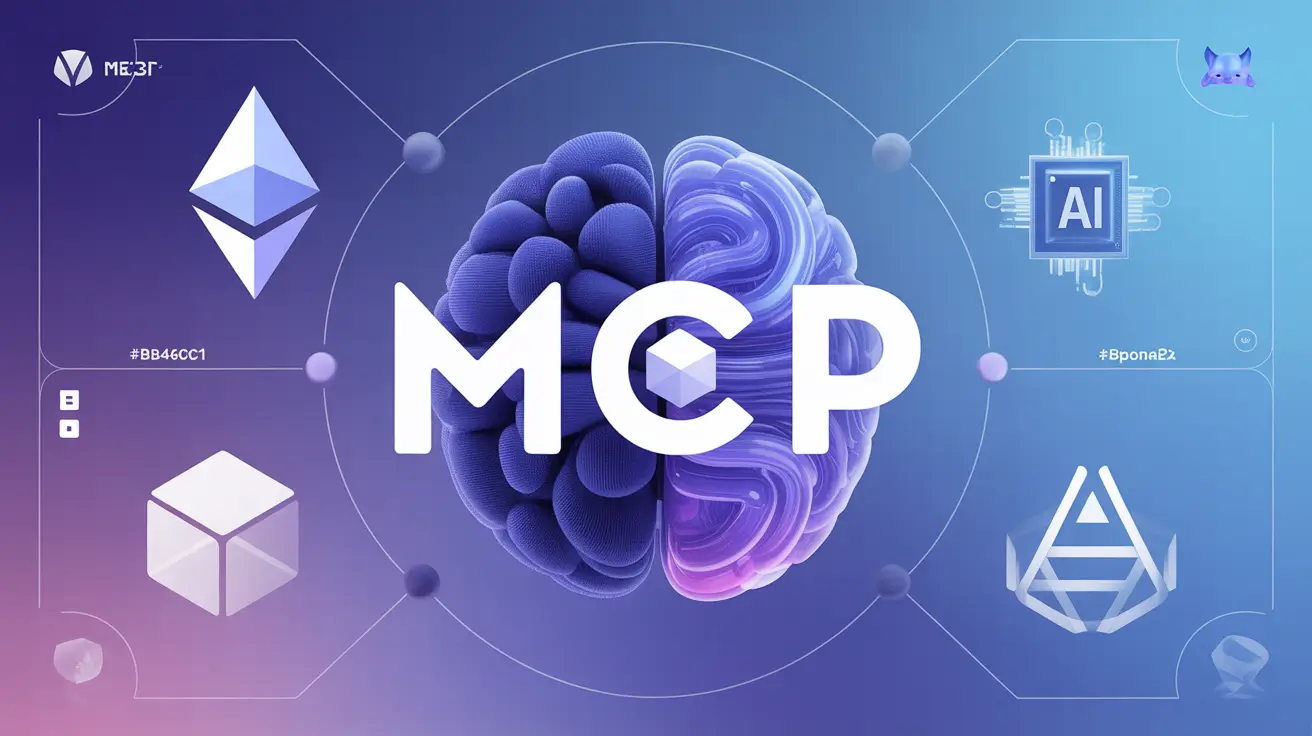Table of Contents
Blockchain technology has revolutionized how we think about digital transactions, security, and decentralized systems. However, like any technology, blockchain networks require updates and improvements to stay relevant and secure. These updates often come in the form of forks, specifically hard forks, which can significantly alter a blockchain network.
So, is there a blockchain network upgrade hard fork? And what exactly does forking mean in the cryptocurrency world? Let’s dive into the concept of blockchain forking, explore its types, and answer common questions like how long does a blockchain hard fork takes and why they happen.
What Is a Blockchain Hard Fork?
A blockchain hard fork refers to a substantial update to a blockchain network that creates a permanent divergence in the network. It occurs when changes are made to the blockchain’s protocol, requiring all nodes and users to upgrade to the new version.
In simple terms, think of a blockchain as a digital ledger. When a hard fork happens, it’s as if a new, updated ledger is created, while the old one continues to exist. Users can choose which ledger they want to follow, resulting in two separate chains.
Reasons for a Blockchain Hard Fork
A blockchain hard fork can happen for several reasons:
- Adding New Features: To enhance the functionality of the network.
- Fixing Security Flaws: Addressing vulnerabilities to make the network more secure.
- Community Disagreements: When the community cannot agree on a specific protocol, resulting in the creation of a new chain.
How Long Does a Blockchain Hard Fork Take?
The time required for a blockchain hard fork varies depending on factors like the size of the network, the complexity of the update, and the level of consensus among stakeholders.
Typically, the process includes three stages:
- Planning Phase: Developers, miners, and community members discuss and plan the fork. This phase can take weeks or even months.
- Execution Phase: This is when the new protocol is implemented. The actual fork process usually lasts a few hours to a couple of days.
- Adoption Phase: After the fork, it may take weeks for all participants, including wallet providers and exchanges, to fully adopt the new chain.
For example, the Bitcoin Cash hard fork in 2017 took several months of planning but was executed in a matter of hours.
Types of Forks in Cryptocurrency
Forking in cryptocurrency can be classified into two main types:
1. Hard Forks
Hard forks result in a permanent split in the blockchain. Participants must update their software to continue interacting with the network. Examples include:
- Bitcoin Cash (BCH): A hard fork of Bitcoin (BTC) aimed at increasing transaction scalability.
- Ethereum Classic (ETC): A hard fork of Ethereum (ETH) after the DAO hack in 2016.
2. Soft Forks
Soft forks are backward-compatible updates. Users can still interact with the network without upgrading immediately, making it a more flexible option for certain changes.
Examples of Blockchain Forking
Forks have been a pivotal part of cryptocurrency evolution. Here are some well-known examples:
Bitcoin Cash (BCH)
In 2017, Bitcoin Cash emerged as a hard fork of Bitcoin. The fork occurred due to disagreements within the Bitcoin community over transaction scalability. Bitcoin Cash increased block size to handle more transactions per block.
Ethereum Classic (ETC)
Ethereum Classic was created after the infamous DAO hack in 2016, where a vulnerability led to the theft of millions of dollars in Ether. The Ethereum community decided to implement a hard fork to reverse the hack, leading to the creation of Ethereum Classic as the original chain.
Litecoin (LTC)
Litecoin is often referred to as a “soft fork” of Bitcoin. It was created to offer faster transaction speeds and lower fees compared to Bitcoin.
Why Do Blockchain Networks Undergo Hard Forks?
Blockchain networks undergo hard forks for various reasons:
- Scalability: To accommodate a growing number of transactions and users.
- Security: To address vulnerabilities and improve the network’s defenses.
- Disagreements: When the community disagrees on the direction of the project, a fork can provide a way for different visions to coexist.
Hard forks are a natural part of the blockchain ecosystem, enabling innovation and adaptation to changing needs.
Forking in Cryptocurrency: The Pros and Cons
Pros of Blockchain Forks:
- Innovation: Forks enable the implementation of new features and technologies.
- Security: They can fix critical vulnerabilities, ensuring the network’s safety.
- Diversity: Forks allow different communities to pursue their own visions, leading to the creation of new projects.
Cons of Blockchain Forks:
- Confusion: Users may struggle to understand which chain to follow.
- Fragmentation: Forks can divide the community, weakening the overall ecosystem.
- Disputes: Debates over which chain is “legitimate” can create uncertainty.
How to Stay Updated on Blockchain Forks
If you’re invested in or interested in cryptocurrency, staying informed about upcoming hard forks is essential. Here are some ways to stay updated:
- Follow Official Announcements: Keep an eye on the official websites and social media channels of cryptocurrency projects.
- Use Blockchain Explorers: Platforms like Etherscan or Blockchain.com provide information on network updates.
- Engage in Community Forums: Join forums and groups on platforms like Reddit or Telegram to stay in the loop.
Conclusion: is there a blockchain network upgrade hard fork last?
Blockchain hard forks are an integral part of the cryptocurrency ecosystem, enabling networks to adapt, evolve, and address challenges. While they may seem complex, understanding the basics of blockchain forking helps you make informed decisions as an investor or enthusiast.
Whether it’s creating a new chain to address security vulnerabilities or scaling to meet growing demands, blockchain forking is a fascinating process that shapes the future of decentralized technology.
Stay informed, and you’ll navigate the world of cryptocurrency like a pro!





